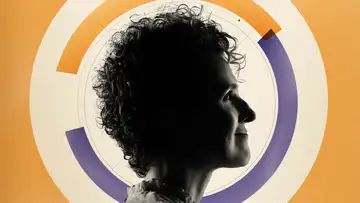American Heritage: Our RepublicTop of Mind with Julie Rose • Season 1, Episode 112, Segment 2
Jul 29, 2015 • 60m
Guest: Grant Madsen, Ph. D., BYU History Professor
Grant Madsen returns for our recurring segment with Marcus Smith, “American Heritage.” This time, they discuss the nature of the American Republic.